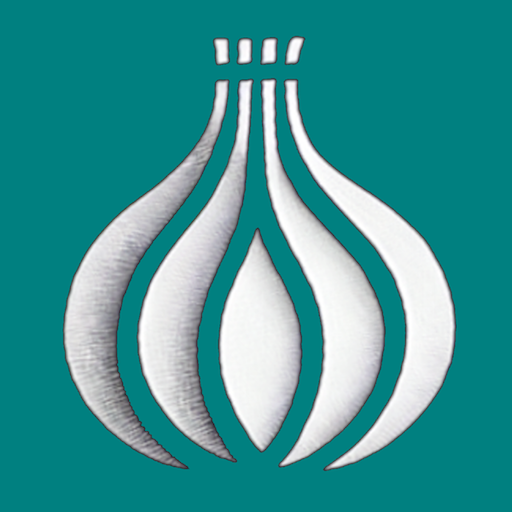Introduction
In the competitive world of e-commerce, driving traffic to your Shopify store is crucial for success. One effective method to achieve this is by using long-tail keywords. Unlike broad, generic keywords, long-tail keywords are more specific and targeted, making them a powerful tool for attracting the right audience to your store. In this article, we’ll explore how to use long-tail keywords to boost your Shopify store traffic.
What are Long-Tail Keywords?
Long-tail keywords are phrases that are longer and more specific than general search terms. For example, instead of the broad keyword “shoes,” a long-tail keyword might be “women’s waterproof hiking boots.” These keywords typically have lower search volume but higher conversion rates because they target users who are closer to making a purchase decision.
Why Long-Tail Keywords Matter
- Higher Conversion Rates: Users searching with long-tail keywords are often more ready to buy, leading to higher conversion rates.
- Less Competition: Long-tail keywords have lower competition compared to short, broad keywords, making it easier to rank higher in search results.
- Better Targeting: These keywords allow you to attract a more specific audience, increasing the chances of converting visitors into customers.
How to Find Long-Tail Keywords
- Use Keyword Research Tools: Tools like Google Keyword Planner, Ahrefs, and SEMrush can help you discover relevant long-tail keywords for your products.
- Analyze Competitors: Look at the keywords your competitors are ranking for and identify long-tail variations that you can target.
- Customer Insights: Pay attention to the language your customers use in reviews, emails, and social media. This can provide valuable insights into the phrases they use to describe your products.
Incorporating Long-Tail Keywords into Your Shopify Store
- Product Titles and Descriptions: Use long-tail keywords naturally in your product titles and descriptions to improve SEO.
- Blog Content: Create blog posts around long-tail keywords related to your products. This not only boosts your SEO but also provides valuable content for your audience.
- Meta Tags: Include long-tail keywords in your meta titles, descriptions, and alt tags for images.
- URLs: Use SEO-friendly URLs that incorporate long-tail keywords for better search engine visibility.
Optimizing Your Content
- High-Quality Content: Ensure that your content is high-quality and provides value to your audience. This can improve your search engine rankings and attract more visitors.
- Natural Integration: Integrate long-tail keywords naturally into your content. Avoid keyword stuffing, as it can negatively impact your SEO.
- User Experience: Focus on creating a seamless user experience. A well-designed, easy-to-navigate website can keep visitors engaged and increase the likelihood of conversions.
Tracking and Adjusting Your Strategy
- Monitor Performance: Use tools like Google Analytics to track the performance of your long-tail keywords. Pay attention to metrics like traffic, bounce rate, and conversion rate.
- Adjust as Needed: Based on your performance data, adjust your keyword strategy to focus on the most effective long-tail keywords.
Conclusion
Incorporating long-tail keywords into your SEO strategy can significantly boost your Shopify store traffic by attracting more targeted visitors. By understanding and effectively using long-tail keywords, you can improve your search engine rankings, drive more traffic to your store, and ultimately increase your sales.



